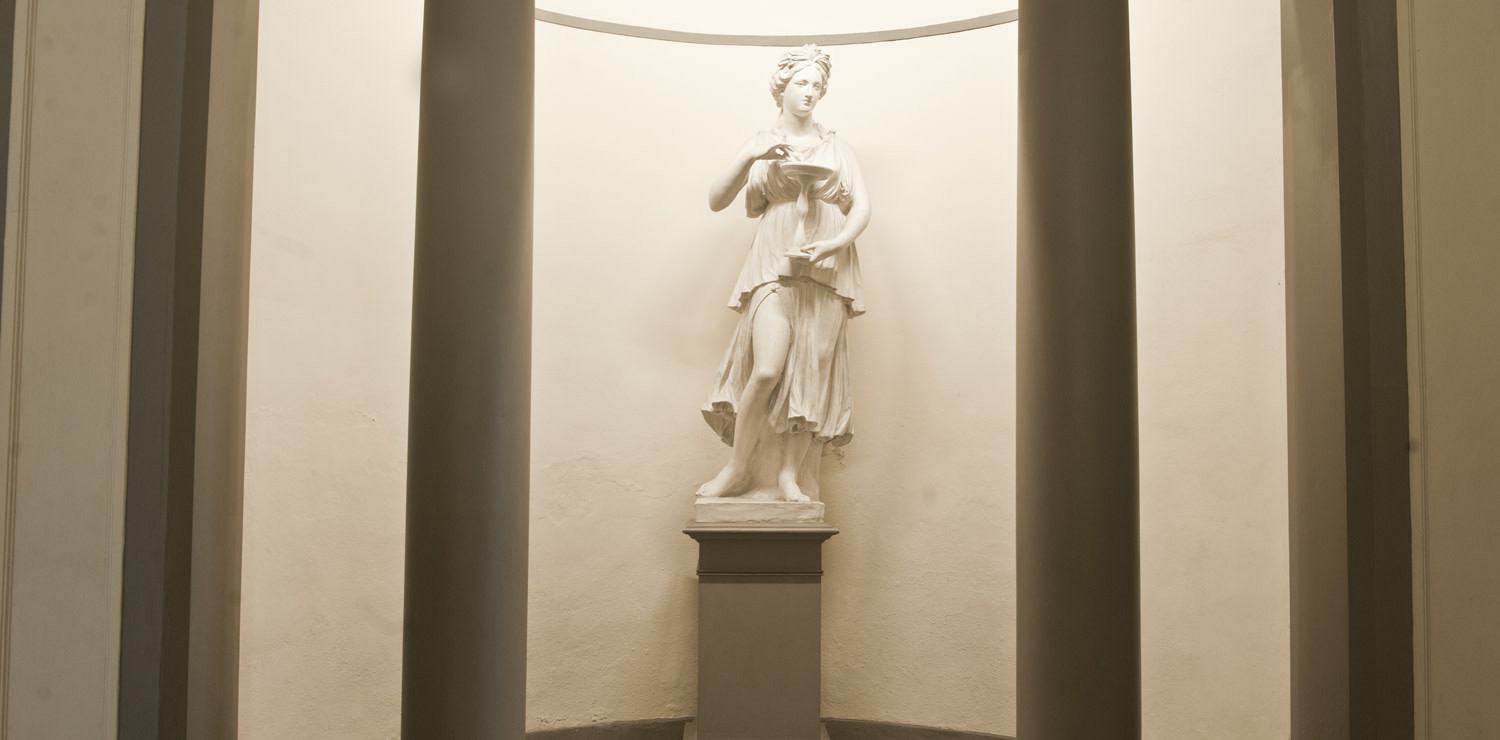Officina Profumo-Farmaceutica di Santa Maria Novella, 400 years old, but not showing its age
Discovering the secrets of the temple of beauty Made in Florence
Florence, 1200 AD. From here the adventure begins, when the Dominican Friars arrive in Florence and begin the cultivation of medicinal herbs for the preparation of medicines for the convent infirmary in their gardens, adjacent to Piazza Santa Maria Novella. Who knows if they’d ever thought that some of their early medicinal preparations would stand the test of time and last up to our own time. The fact remains that in 1612, seeing the good quality of their products, they thought to open the pharmacy to the public. 1700 saw its notoriety spread beyond the borders, to far China and to the Indies. In 1866 the pharmacy passed to the State, who granted it to Cesare Augusto Stefani, nephew of the last friar-director of the Officina. Since then four generations of the same family have succeeded one another in its operation. But today it is under the direction of Eugenio Alphandery, a mechanical engineer who had entered the shop in 1989 in order to repair an old machine, and who never left. It’s difficult to believe that one may buy the same cosmetics with recipes created 400 years ago, such as L’Acqua di Rose, which was used to cleanse oneself during epidemics; or L’Acqua della Regina—a perfume especially formulated and created for Catherine de Medici; Skin-Whitening Powder was used by late-17th century ladies in order to maintain their skin’s pallor; Almond Paste for moisturizing the hands; and aromatic vinegar for sniffing in case of fainting spells.
Mr. Alphandery, how did your encounter with the Officina come about?
I was about 7 or 8 years old and my great-grandmother, a faithful client of the Officina Profumo di Santa Maria Novella, brought me into the store on the occasion of the religious observance called “the visiting of the seven churches,” to which she joined a bit of shopping. From the convent to today’s reality. How has it transformed itself over the years while remaining strongly linked to SMN?
Tradition and innovation are the words which perhaps best describe this company. Meaning, yes, attached to the past but with a foot well-planted in the present for taking a step toward the future. In effect, I believe that a historic company, if it wishes to not become a dusty museum, must reinvent itself, while taking into account its history and its antique products. In particular, a company which also produces cosmetics must meet the exigencies of today’s woman and have an equipped research and analysis laboratory.
The oldest recipe that you have in production and the product that has gone down in history
One of these is Santa Maria Novella water, the old anti-hysteric water. Its name has changed, but the product is still the same. We have documents that attest to its sale in the pharmacy from 1614. But even our potpourri is a centuries-old product.
The product most sought-after by foreigners and that most sought-after by Italians
It’s difficult to talk of a most sought-after product when more than 700 exist. Speaking of a family of products, I can say that both foreigners and Italians are interested above all in cosmetics and perfumes, and immediately after that home fragrances and herbal products.
Who have been the iconic women to have used the Officina’s products?
Our most important client was and remains Catherine de Medici.
Which product from the shop is never missing from your bathroom?
There’s a bit of all of our products in my bathroom. But that which takes me back to my childhood is the unforgettable Pomegranate Soap.
Is it true that the Officina invented the recipe for Alchermes?
The origins of Alkermes lie in the 15th century and its actual recipe is the historic one formulated by Fra Cosimo Bucelli, who at the time was director of the Officina.
Where are the secret recipes kept?
The recipes are kept… in a secret place!
May 10, 2012. How would you like to celebrate the more than 400 years of the history of the Officina?
The festivities will begin the morning of May 10 with the issuing of a stamp which the Italian Postal Service has created for the event. Then, to follow, the Florentine flag throwers will perform in the large cloister of the Santa Maria Novella complex, which will be decorated for the occasion with irises, and it will be possible to visit the completely restored shop. Then a light lunch with dessert and perhaps even iris-flavored gelato, and then a concert in the basilica. Festivities will continue on May 11 in the lemonary of Villa Corsini for the occasion of Artigianato & Palazzo shows.









